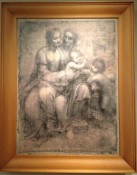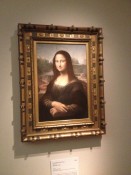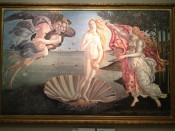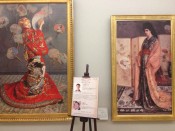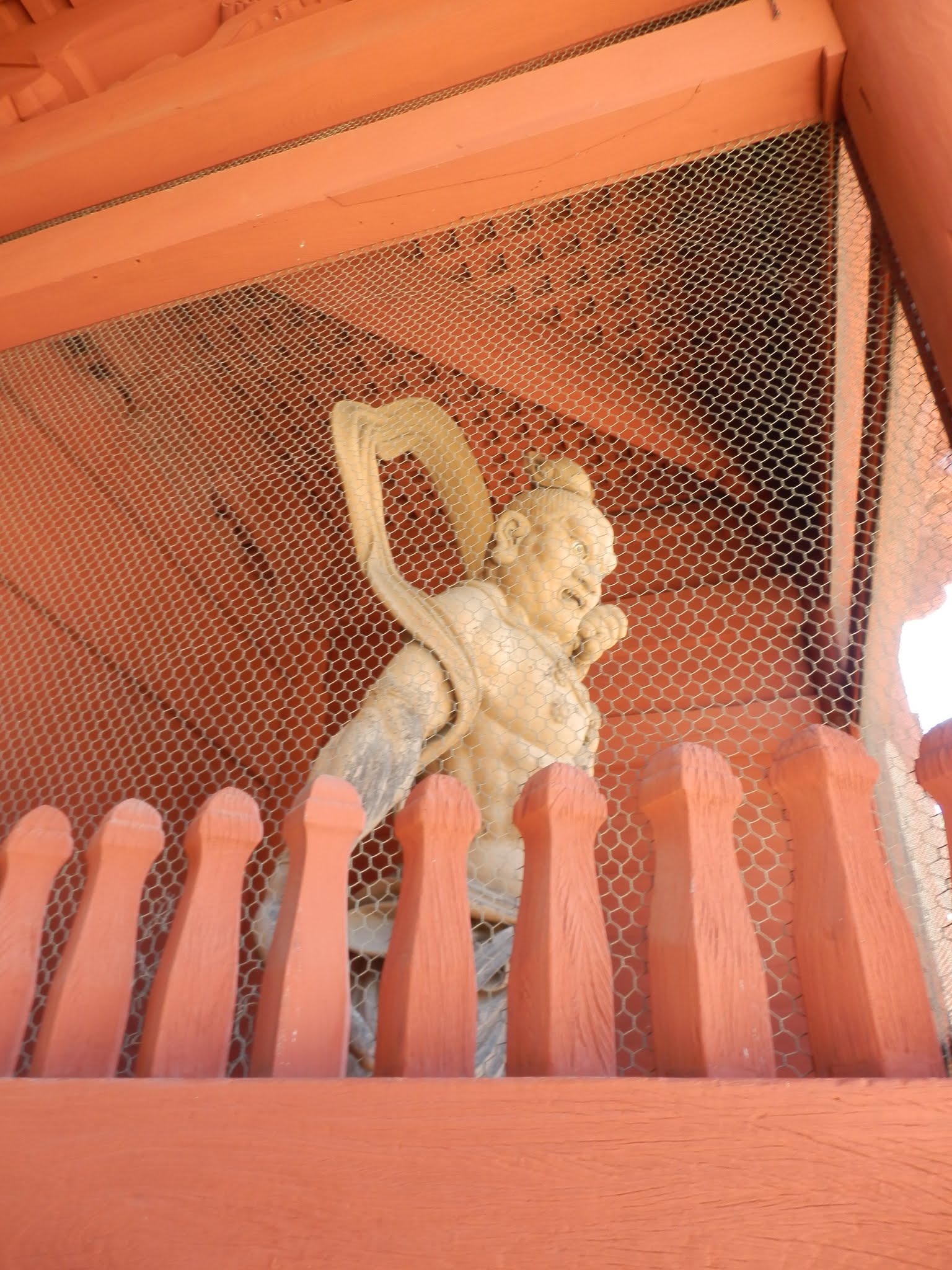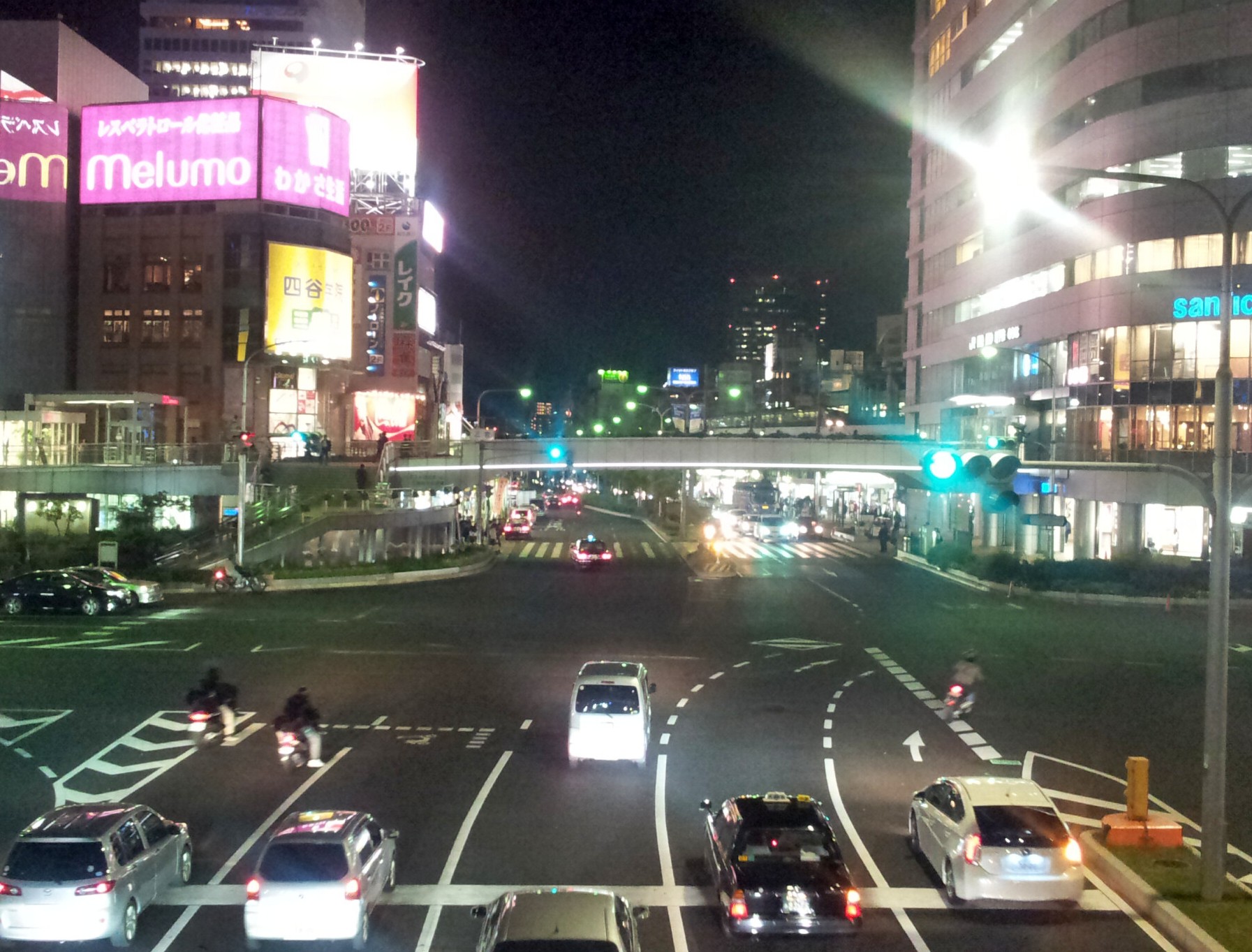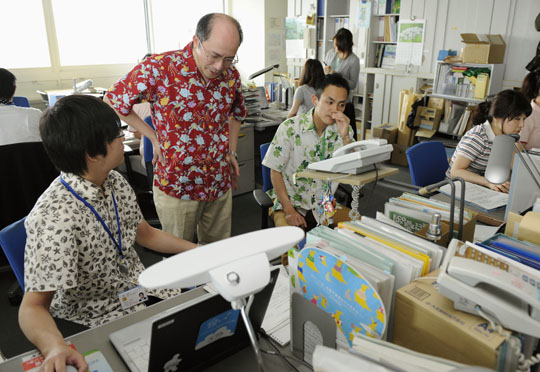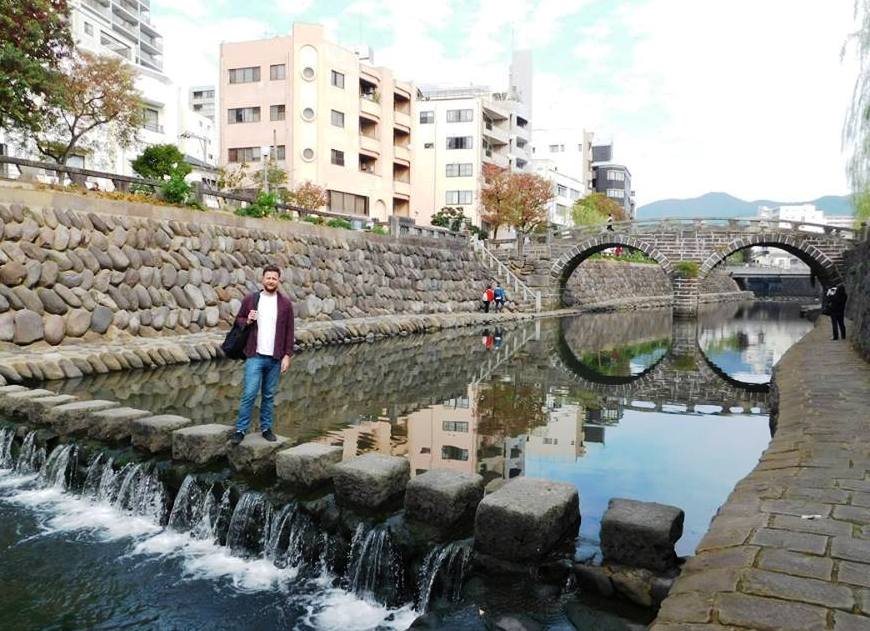The Otsuka Museum, an Education in Art
You may visit Tokushima prefecture for the impressive Naruto whirlpools in the strait between Awaji and Shikoku, but whilst there you can also enjoy an unexpected cultural extravaganza thanks to the Otsuka Museum of Art (ÅŒtsuka Kokusai Bijutsukan).
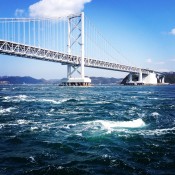
On a bright day in February my friend and I were taken to this museum by her colleague. He suggested we ‘pop in for lunch’ after a boat tour of the kraken-esque vortices in the strait. A pricey entrance fee of 3150¥and the incredibly long escalator to the entrance served to intrigue us as to the museum’s contents. We were in no way prepared for what we would see.
At the welcome desk we were handed floor guides, but as bad gallery-goers we paid no heed and continued nattering away as we entered the first room. We stopped mid-sentence: we had just walked into the Sistine Chapel. Totally unprepared, I certainly did a double-take, wondering if I were wrong and this magnificent room a special commission reminiscent of Botticelli and Michelangelo. But no, there it was, a scale replica of the most famous chapel in the world. What was better, we were the only ones in the room, and we entered facing the breath taking fresco behind the altar, Michelangelo’s The Last Judgement. The Vatican chapel itself is always packed with tourists and you enter through the altar wall so are forever craning over your shoulder to see the magnificent fresco.
Confused and a little overwhelmed we turned to our formerly ignored museum brochure in search of an explanation. As my friend read thoroughly I browsed the rest of the collection and exclaimed “Oh! They have Vermeer’s Girl With a Pearl Earring, I was so sad to miss that when it came to Kobe, aren’t we lucky it’s here now! But wait, they also have Van Gogh’s Sunflowers, several Renoirs, The Birth of Venus and the Mona Lisa! Wait a second…†The cogs whirring slowly I finally realized that the museum must be full of copies just as I was informed the Otsuka Museum of Art prides itself in creating exact replicas of great works of art on ceramic plates. Digital images of the original are transfer-printed onto cermic tiles before being fired and retouched. Barring earthquake damage, these ceramics will not suffer ageing as paintings do, so preserving our most revered paintings for future generations to enjoy. Confused? Me too. Details of the process can be seen in the museum itself or on their website here.
Otsuka Museum of Art is Japan’s largest exhibition venue. Its five expansive floors enjoy a prime position nestled into the cliff and are fit to bursting with the greatest works of art in history. With over one thousand pieces of European art from 190 museums in 25 countries, chronicling the development of Western painting from its origins to Pop art. A visit to the Otsuka Museum of Art is like stepping into History of Art for Dummies.
We often see Japan creating its own version of foreign things: Paris has the Eiffel Tower, Tokyo its red replica; the Netherlands has its windmills, clog museums and tulips, Nagasaki prefecture has Huis Ten Bosch. Otsuka takes this penchant for replication to a whole new level. However, Disneyland for art lovers it is not. Thanks to its hefty price tag and slightly obscure location the Otsuka Museum remains uncrowded even on weekends; and is certainly no Louvre experience – you can touch, yes touch, the Mona Lisa. Fans and students of art make the pilgrimage to Tokushima to submerge themselves in the ultimate gallery tour; where else can you go from medieval mosaics to Andy Warhol in the space of an afternoon?
The science and technology involved in creating these reproduced works is impressive in itself. Perhaps more so is the tenacity and persuasive skills that must have been employed to obtain the rights to make and display these copies. You cannot argue that the museum is an incredible feat, one which took its creator, industrialist Masahito Otsuka, and his team of European Art historians over seven years to accomplish.
Having been lucky enough to see some of the originals of those displayed in the museum I can attest to their incredible replication; every brush stroke is visible and the sizes are precisely the same as their forebears. However, there is a certain loss felt, particularly evident for me with the Impressionist paintings. Whilst the ceramic surface does allow for some texture (unlike a simple poster copy), the pronounced brush strokes which were so important to and, at the time, unique to the Impressionism movement are not rendered as clearly as in the originals.
On the large canvases you also see clear splits between the ceramic panels. Personally I think this is a positive thing, representative of the museum’s attitude that they do not seek to make replacements for the original pieces, but to create a space where one can experience celebrated works of art far from their homes. Being able to see the panels also fetes the science behind the project. However, whilst commendable, this can mar the viewing experience, for example with the four Monet Nymphéas (Water Lilies) which are displayed outside (it is said that by viewing the paintings in natural light you can relive Monet’s experiences at the garden in Giverny, viewing the lilies at different times of day, in different lights). The full-sized original canvases are spectacular, and this is unfortunately lost as each canvas is split into panels at Otsuka.
Â
Despite these issues, the Otsuka Museum of Art is definitely worth a visit for those interested in Western art. The originals of the works on display are scattered across the world, many on permanent display and some in private collections. It would take years, unlimited funds/air miles and very good connections in the art world to see the originals of all these masterpieces. Otsuka brings the pages of an art encyclopedia to life and has the potential to do so long after we lose the originals to ageing.
Charlotte Griffiths
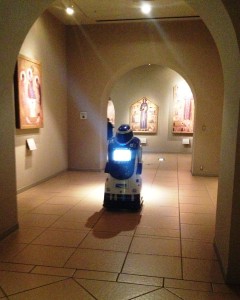 If you do make the trip to Tokushima for the gallery, watch out for the tour-guide robot who roams the halls, an interesting contrast to the ‘antiquity’ surrounding it.
If you do make the trip to Tokushima for the gallery, watch out for the tour-guide robot who roams the halls, an interesting contrast to the ‘antiquity’ surrounding it.
http://www.o-museum.or.jp/english/
http://www.telegraph.co.uk/culture/4716544/The-biggest-repro-job-in-the-world.html


